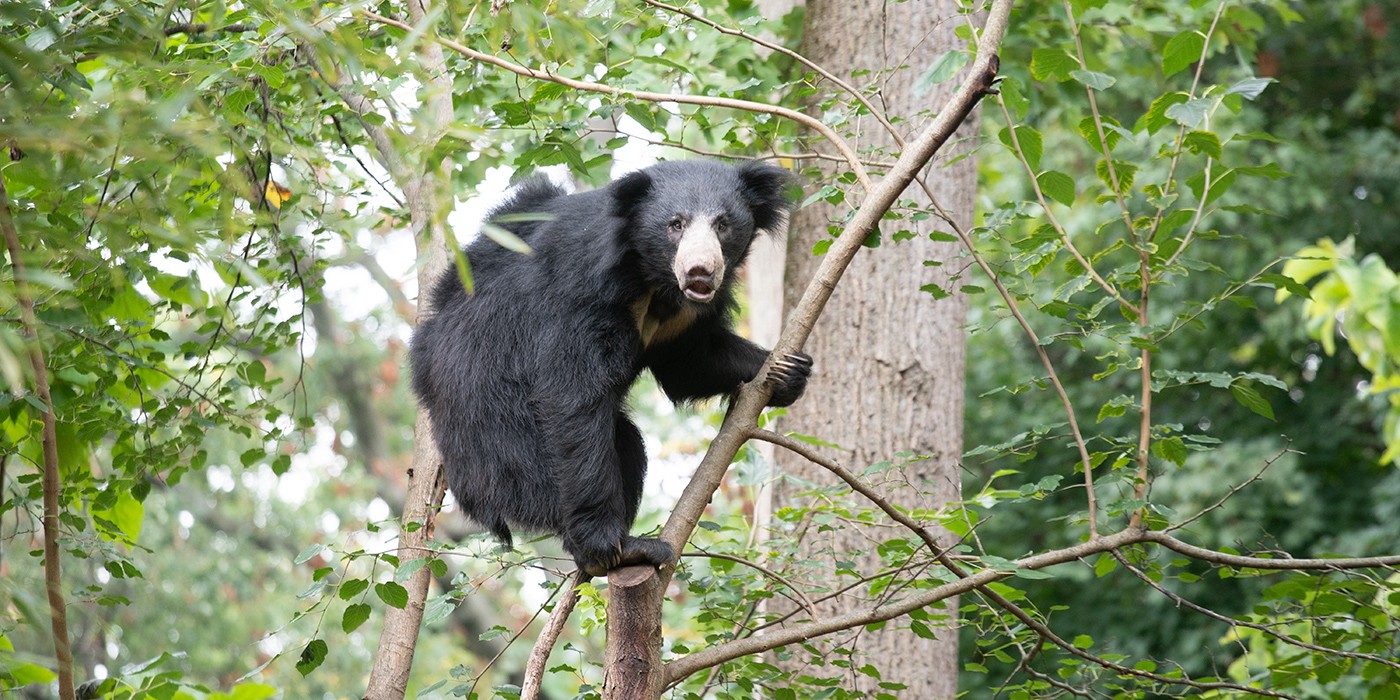A new study has found that the sloth bear, dhole and tiger are the most affected among apex predators globally due to road development.
|
Conservation Status |
|
|
IUCN Red List of Threatened Species |
Vulnerable |
|
CITES |
Appendix I |
|
Wildlife (Protection) Act, 1972 |
Schedule I (Highest Protection) |

Reference
Marine biologists have welcomed the Tamil Nadu government’s decision to go ahead with the establishment of a conservation reserve for the dugong in the Gulf of Mannar, Palk Bay between India and Sri Lanka.
|
Conservation Status |
|
|
IUCN Red List of Threatened Species |
Vulnerable |
|
CITES |
Appendix I |
|
Wildlife (Protection) Act, 1972 |
Schedule I (Highest Protection) |

Reference
After a brief but fierce battle, Russian troops were able to capture the Chernobyl nuclear plant in northern Ukraine.
In 2005, the UN predicted that around 4,000 people may eventually die due to radiation exposure.
Reference
The Chief Minister of Assam had announced many projects in connection with the 400th birth anniversary of Lachit Borphukan.
Ahom Kingdom
Reference
Reference